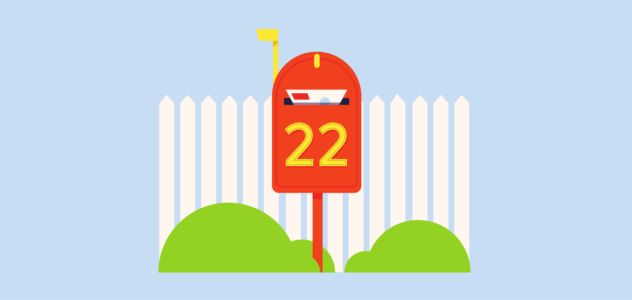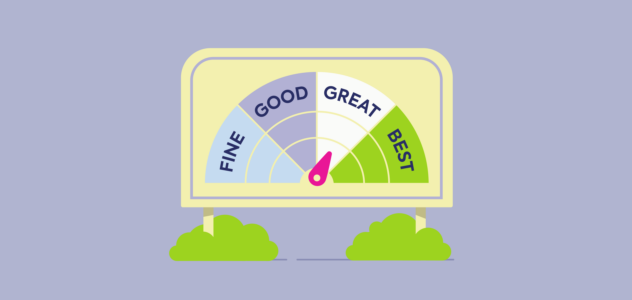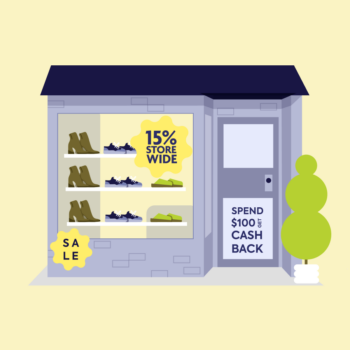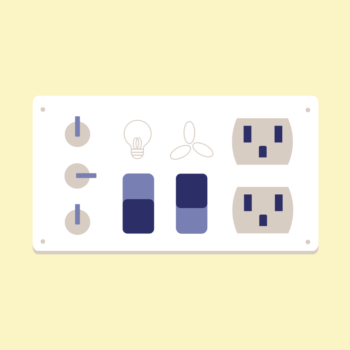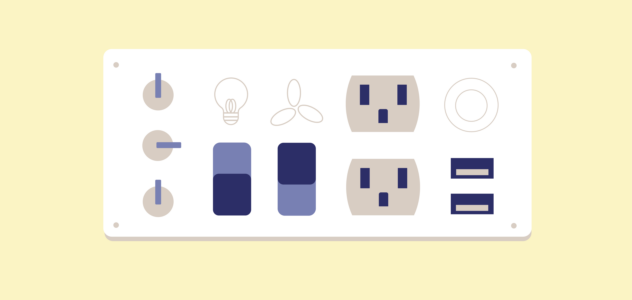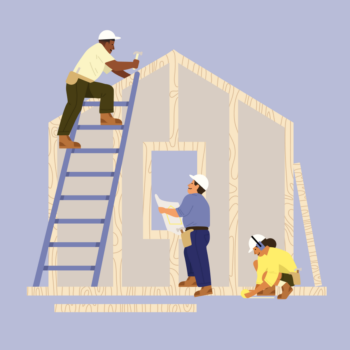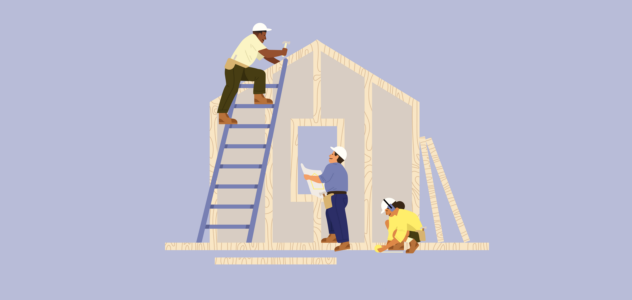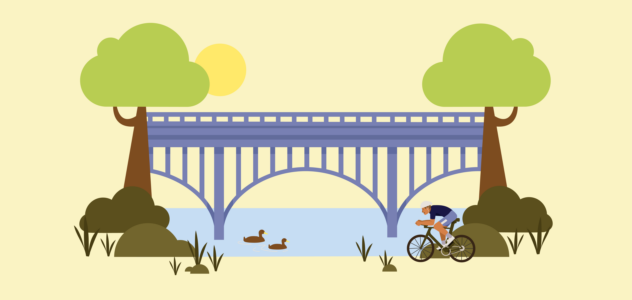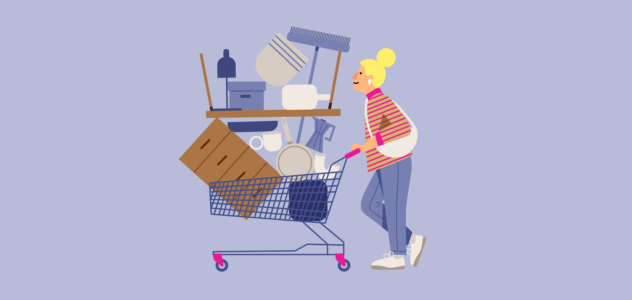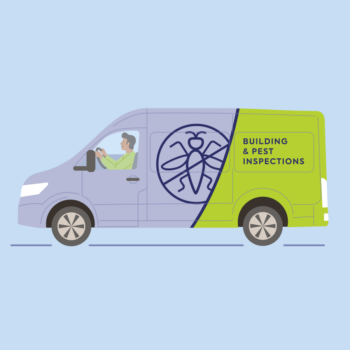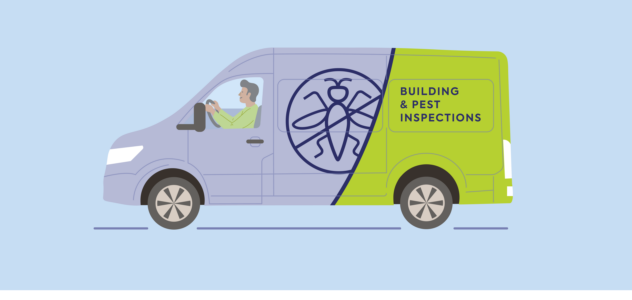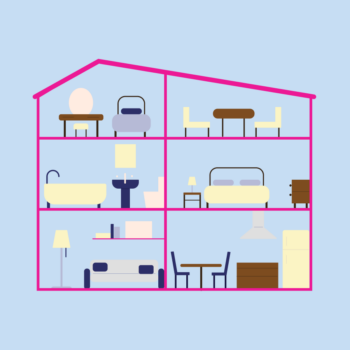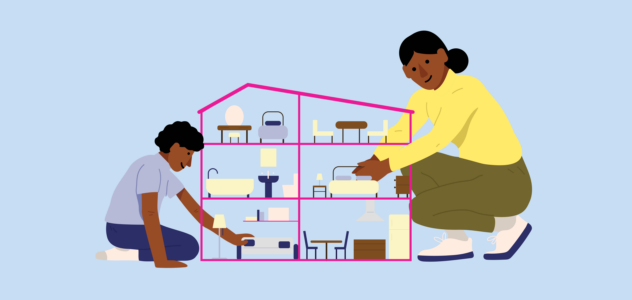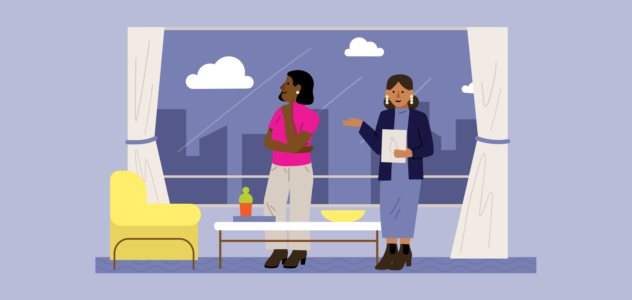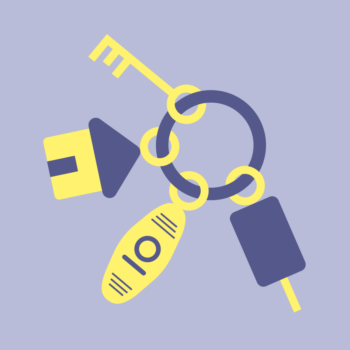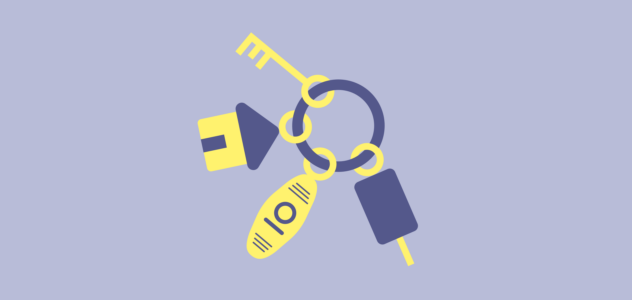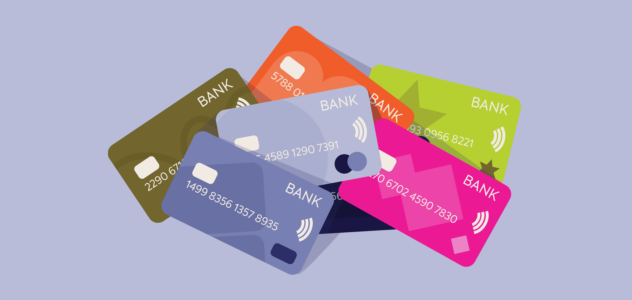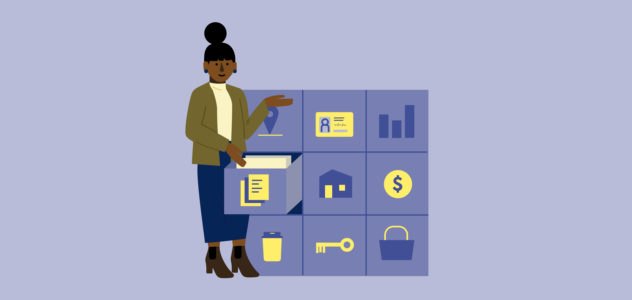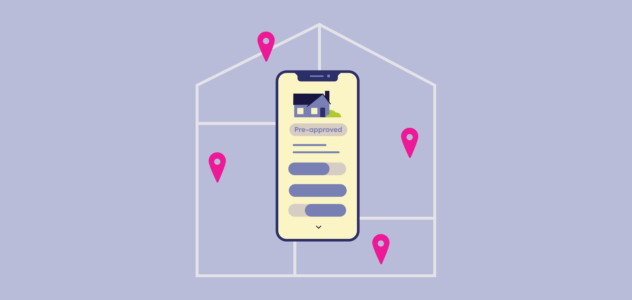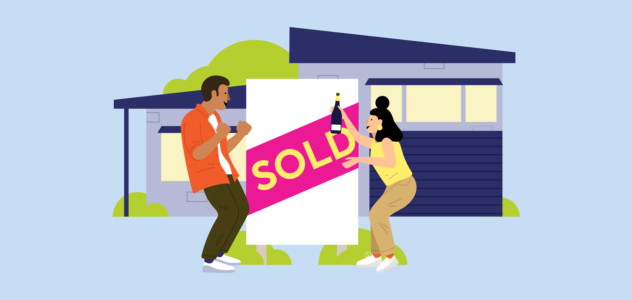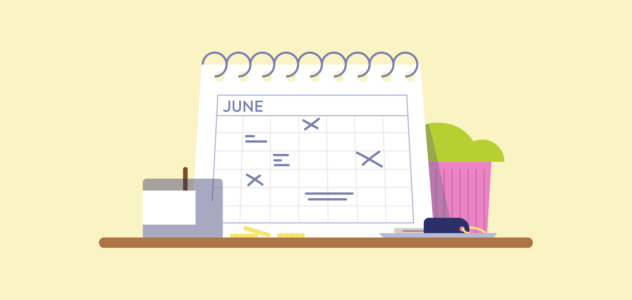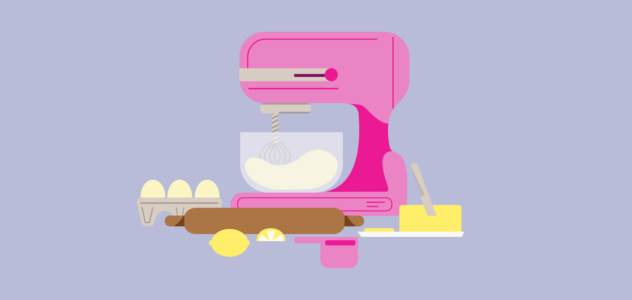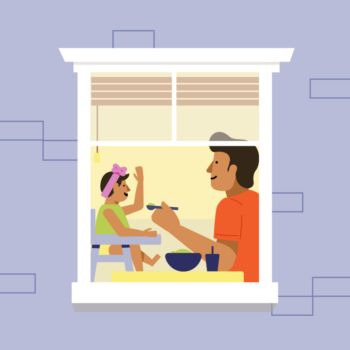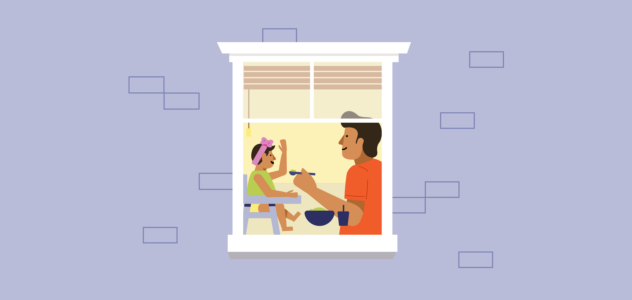Ah, the long-awaited settlement day.
It’s when the *official legal stuff* takes place and the ownership of the property transfers from the seller’s name to the buyer’s name.
But what actually happens on settlement day (other than picking up the keys and starfishing in your living room)?
Turns out, quite a lot goes on (but the good news is, most of your hard work has been done and a lot of the action happens behind the scenes).
So, let’s take a deep dive into all things ‘settlement day’ so you know what to expect.
What is property settlement?
Property settlement is a legal process facilitated by legal professionals (like conveyancers) where the ownership passes from the seller to the buyer.
The lead up to property settlement (AKA the ‘settlement period’) is usually 30 – 90 days, beginning on the day the contract of sale is signed (the legally binding document between a buyer and a seller).
So, settlement day is like the finish line of your property buying journey. The day when money changes hands, documents are signed and exchanged, and you can pick up the keys and pop the champagne.
So, what happens on settlement day for the buyer?
By the time settlement day rolls around, you’ve probably already done your pre-settlement inspection (this is usually done a few days prior) and have your money in the right account (your mortgage broker and conveyancer should make this straightforward).
Now all that’s left to do is the official legal stuff, like finalising paperwork and paying fees.
Back in the day, you might have exchanged paperwork around a table with the agents, vendor and legal representatives present – but these days, it’s usually digital and pretty hands-off.
So let’s take a closer look at what actually takes place.
Funds change hands
If the homeownership journey hasn’t felt *real* yet, then seeing your hard-earned funds leave your bank account should do it.
Yep, it’s time for the lender to withdraw the rest of your funds for your contribution, as well as the money they’re lending you to settle the purchase. They’ll work closely with your conveyancer while they do it. Your money will usually move to a third-party facilitator, like PEXA, until everything is finalised.
Once everything is finalised and all other fees and disbursements are paid (to conveyancers, agents, etc.), the seller will receive their funds.
You’ll need to pay land transfer duty or stamp duty
This is all calculated into the funds exchanged, facilitated by your team. Land transfer duty (or stamp duty) is a tax that state or territory governments charge for certain transactions, usually on the ‘transfer of land’. The amount varies depending on the state or territory you live in, the value of the property, and how it’ll be used.
Paperwork is finalised
Most documents will be prepared and signed before settlement day. Then, settlement day is when both parties and their teams finalise, double check and exchange docs (digitally). Once again, your conveyancer will take the lead here.
Once your team has dotted the I’s and crossed all the T’s, the documentation will be sent to the titles office to register you as the new owner (woo!)
It’s your conveyancer’s time to shine
If you’ve ever wondered, what does a conveyancer even do?! You’ll truly realise their value in the lead up to and during settlement day.
A conveyancer is a licensed professional who makes sure the property title is correctly transferred from the seller’s name to the buyer’s name. They’re your legal go-to, helping you with all the important contracts, documents and processes, like a vendor statement, home and land transfer and contract of sale.
On settlement day, your conveyancer will check over any important final details, like caveats being removed and the existing mortgage being discharged. Basically, anything that ensures it smoothly transfers from the vendor’s name to YOUR name.
You’ll get your keys!
Finally. The part where it’s really, truly, officially YOURS. You can go get the keys to your property!
This part is usually coordinated between the real estate agent and yourself.
Who’s involved in property settlement?
As the buyer or seller, a lot of your hard work is done by the time settlement day rolls around (phew), and it’s usually left in the hands of your team. This includes:
- The buyer’s legal representative (AKA conveyancer)
- The seller’s legal representation
- The seller’s lender (discharging lender)
- The buyer’s lender (new lender)
- A buyer’s agent (if you went with one)
- And last but not least, the buyer’s mortgage broker (we may know a few of these…)
All parties work together to coordinate the sale and make it a smooth process.
“But Finspo, how do I prepare for settlement?”
So now you know there’s not a *whole lot* you’ll need to do on settlement day – how can you prepare in the lead up?
Well, there are a few things.
Complete all paperwork
It’s good to do this before settlement day, then all that’s left to do is finalise and exchange.
Complete a pre-settlement inspection
Have a final look over to make sure it’s in the same condition as when you agreed to purchase (check out a pre-settlement inspection checklist here).
Have your funds in the right account
Give yourself time to transfer money across, while keeping transfer limits in mind. Your mortgage broker will make sure you know exactly where your money should be.
Reach out to your broker or buyer’s agent if you have any questions
Both your broker and buyer’s agent (if you have one) are there to support you, so reach out to them with any questions.
How long after settlement do you get the keys?
As soon as the settlement process is complete, you’ll be able to pick up your keys and starfish in your living room (because, well, it’s yours!)
All of these steps on settlement day can take as little as an hour. But just make sure you give your real estate agent an hour or two to have everything confirmed on their end before you swing past to pick up the keys.
What happens after settlement?
Take a deep breath, all your hard work is done! Your conveyancer, mortgage broker and real estate agent will most likely contact you to let you know you’ve settled (you’ll feel pretty popular).
Now you’re officially a homeowner – your mortgage has been registered and your regular payments will begin.
Many homeowners choose to book a moving truck a day or two after settlement day, just to give themselves a little breathing room.
Settlement day FAQS
How long does it take for funds to clear after settlement?
Thanks to technology, it’s all pretty quick these days. You could see the funds clear anywhere between fifteen minutes and 24 hours after settlement time.
Do funds clear on settlement day?
In many cases, yes. Funds will clear on settlement day.
Do you move in on the day of settlement?
You can move in on the day of settlement if that’s what you’ve negotiated (it’s officially yours!). Although, many homeowners choose to wait a day or two after settlement to give themselves a little breathing room.
What do you need for settlement?
To sum it up, the things you need for settlement are:
- Your team at the ready (conveyancer, lender and broker)
- Your paperwork ready to go
- Your funds in the right place
We’ve said it once and we’ll say it again, there’s not a whole lot you’ll need to do on settlement day – it’s really when all the pieces fall into place and your expert team get to work.
What can go wrong on settlement day?
Thanks to technology and the professionals on your team, settlement day is often a smooth process. But on some occasions, things can go wrong and delay the process. This could be missing documentation, insufficient funds or legal concerns. You can avoid things going wrong by being organised and having a great team of experts behind you!
More questions about what happens on settlement day?
Remember, your team is there to support YOU. That includes your broker, conveyancer and buyer’s advocate (if you chose to go with one).
If you have any questions or you’re ready to start the home buying process, our home loan experts (AKA brokers) are ready to help.










